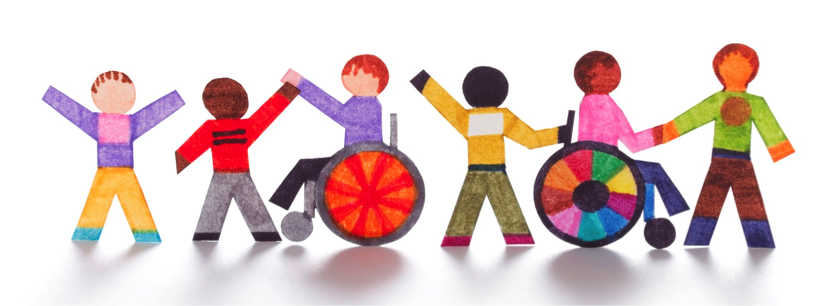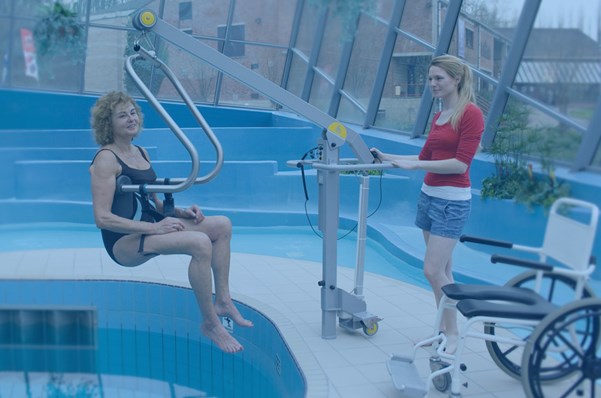Convenient Equipment For Physically Challenged People: Ceiling Hoist Or mobile Lifters
A physical disability is not limited to older adults, It can involve people of every demographic group. Some disabilities make mobility virtually impossible for millions of individuals. Some are born with an enabling disorder, others are the result of an injury, and many disabilities are due to aging. To be confined to a wheelchair, or a bed can be very disheartening and can leave people feeling hopeless. Having the capability of movement from one place to another can greatly improve the confidence and attitude of many disabled people. There are many assistive devices to help those who can not move around on their own. Many of these forms of equipment are found in medical and nursing facilities.

The difference between ceiling hoists and mobile lifters
Patients in various facilities need to be transferred from place to place, or from a sitting to a standing position & it is up to the person, he/she should be comfortable in ceiling hoists and mobile lifters. A hoist is an equipment used for such transfers. A ceiling hoist is transferring equipment that consists of rails and a track system. It is attached to the ceiling which allows room for staff members to walk around freely. The patient is securely buckled into the hoist and is able to be transferred to other parts of the room, or further depending on the size and location of the rail system. A mobile hoist is a self-contained unit that does not require a track or installation. It requires more of the person operating it and is not designed to move people long distances. Before deciding on a mobile lifter, thought should be given to where it will be used, and if there is ample room for safe movement. It must be able to fit under the bed, chair, or in the bathroom to assure that it will be operated properly.
The benefits of having a mobile lifter or ceiling hoist
A person who is unable to move or transfer themselves is heavier due to the weight not being able to be shifted. A hoist will provide ways of transferring someone who has limited mobility. It also allows for less strain on the person giving the care as well as the person receiving the care. Patients usually feel less of a burden when hoisting equipment takes the pressure off of staff members and caregivers. The most important benefit of using hoists is safety. This equipment ensures that the danger of falls and other accidents are eliminated.

The major types of hoisting equipment
Advanced technology has provided more types of hoists to assist those who have limited mobility. Many of them can be operated by the patient allowing them to self-transfer. Patients will have the flexibility of movement without having to call upon anyone else. This gives them more freedom, and independence. The two main types of hoists are manual hoists and powered hoists. The manual hoist is a ratchet, or hand chain operated device The power hoists are either air, electric, or hydraulic powered.
Patient and caregiver injury can be greatly decreased by the use of properly operated hoists. Besides being used mostly in medical and nursing facilities, hoists have become a very essential additive to the home environment. They can be purchased in either a large or small hoist. The small hoist is available to fit easily under and around household furnishings so that the patient can maneuver it themselves. With the advent of the mobile lifters and ceiling hoists can ideas for uses in other venues. Accessibility is the main focus of disabled people. They want to be able to move around without provocation.
